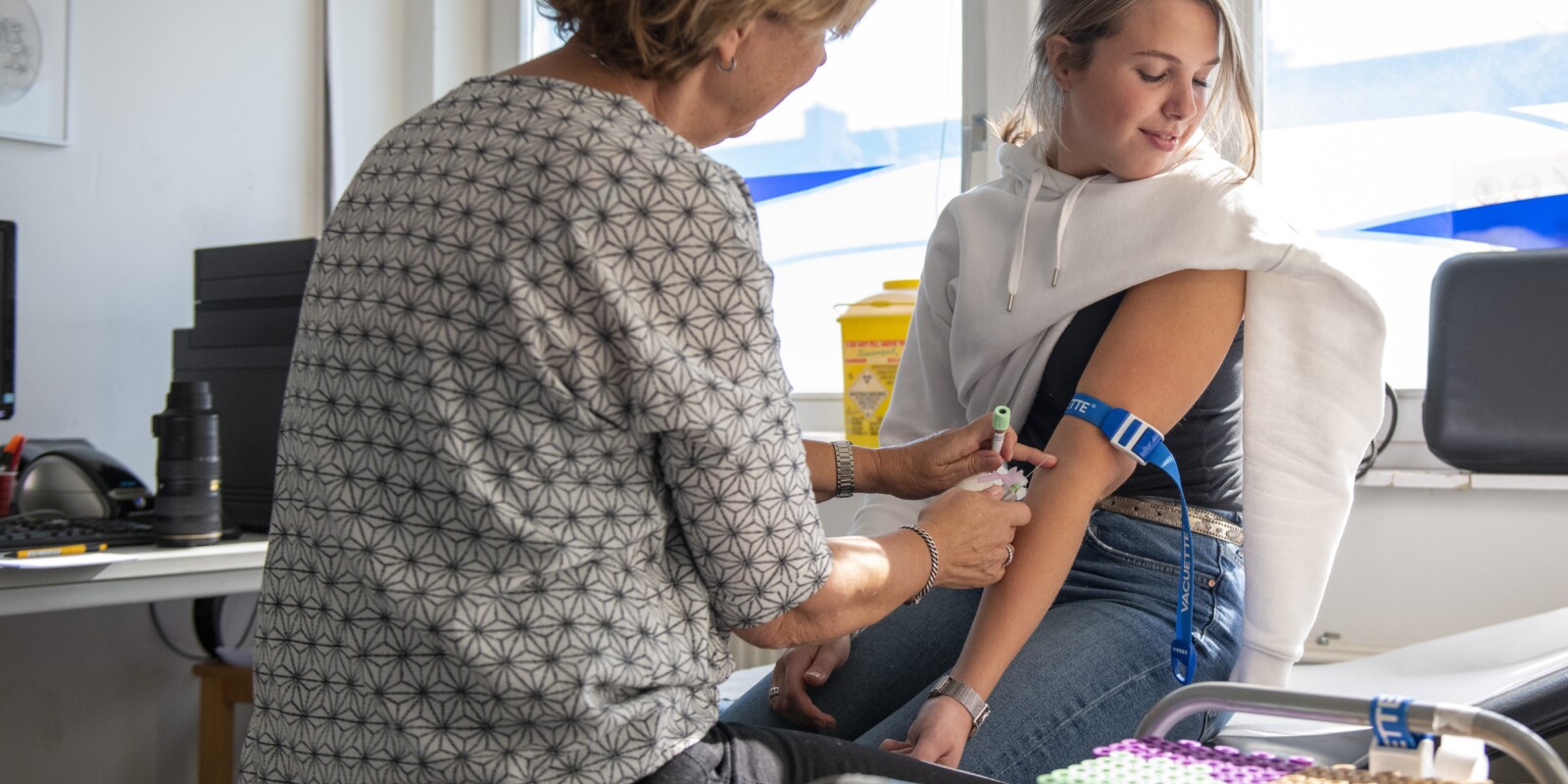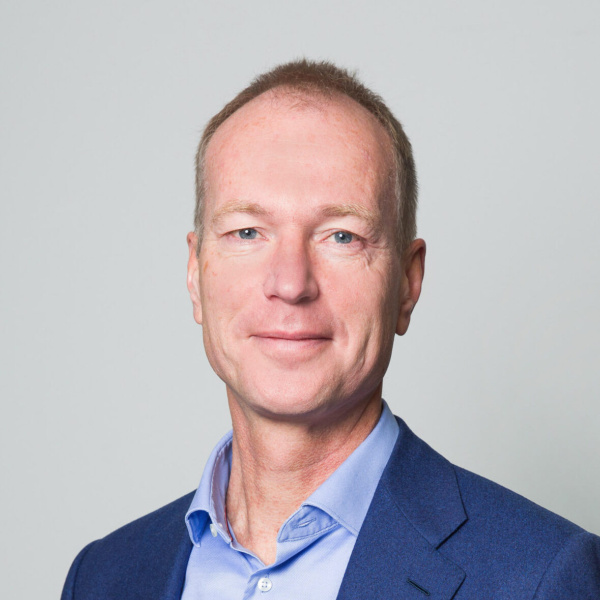Paying dividends in healthcare

SiRM and Finance Ideas investigated dividend-distribution in health care in the Netherlands. The research was commissioned by the Ministry of Health, Welfare and Sport.
In general, dividend payments are permitted for outpatient care and prohibited for inpatient care in the Netherlands. However, there are calls to expand the dividend-distribution options to allow or prohibit dividend distribution subject to conditions. SiRM and Finance Ideas conducted research to substantiate such a decision. We mapped current practice and performed an impact analysis of possible regulation changes.
Current practice
The analysis of current practice provides more detailed insight into current dividend-payment practices. Dividing the enquiry into nine sectors, we analysed annual reports for six: extramural and intramural mental health care, medical specialist care, intramural elderly care, district nursing and independent treatment centres. The remaining sectors include primary care, pharmaceutical care and ambulance care. However, many providers operate in multiple sectors.
Capital and liquidity positions play an important role in guaranteeing financial continuity and enabling sufficient investment. Dutch healthcare institutions’ average solvency has steadily increased from 24% in 2013 to 31% in 2017, while average liquidity has risen slightly. In contrast, Dutch healthcare providers’ financial result has fluctuated in recent years, only averaging a comparatively low 1.8% in 2017. Based on a weighting of common financial ratios, approximately 10% of healthcare providers are in a relatively weak financial position
Dividend payments are permitted for extramural care and includes about a quarter of healthcare revenue. Foundations still provide a substantial proportion of the care in these sectors (40%). In many countries, including Germany and France – where a significant amount of care is also provided by non-profit institutions – dividend payments are permitted for the entire healthcare sector. The dividends paid in health care in the Netherlands are estimated to be slightly lower than €300 million, generated primarily by medical-specialist companies, general practitioners, dentists, pharmacists and paramedics. A small proportion – approximately €6 million per year – is paid by commercial companies working in extramural mental health and home care. Ultimately, dividends may be paid on less than 10% of healthcare revenues.
Subordinated loans are a form of venture capital that can be used as an alternative to equity capital. Healthcare has approximately €100 million in outstanding subordinated loans – 0.5% of the total loan portfolio. Instead of raising capital from investors and/or financiers, healthcare providers can also choose to rent or lease the necessary production resources. On average, about a quarter of capital-goods expenditure consists of rent and leasing. Housing associations and investors are the primary rental parties in the healthcare sector.
Impact analysis
We examined the effect of permitting dividend payments on quality, accessibility and affordability:
- Quality. Allowing dividend payments in health care can have positive and negative incentives for the quality of care. Given sufficient competition, providers may invest more in innovation and patient experience, with healthcare providers indicating that ownership has a motivating effect. However, there is also a risk of the quality-of-care deteriorating, especially without transparency. This conclusion is mainly drawn from international research in nursing homes, although researchers suggest these studies may be interpreted differently. Possibly the presence of for-profit healthcare providers also influences the behaviour of not-for-profit healthcare providers.
- Accessibility. Allowing dividend payments in health care can have positive and negative incentives for care accessibility. On the one hand, it is expected to increase the entry of new parties, primarily through the acquisition of healthcare providers in financial difficulties. This will probably promote market dynamics, encouraging healthcare providers to work in a more customer-oriented way and reducing waiting lists. On the other hand, there is a risk that for-profit providers exclude patients with high expected costs to increase profitability. In addition, the risk of bankruptcies may increase, possibly impacting the continuity of care. There is evidence of a spill-over effect for not-for-profit providers.
- Affordability. Allowing dividend payment in healthcare can have positive and negative incentives for its affordability. Efficiency may improve because for-profit providers have more substantial incentives to cut costs and make the right investment decisions. Whether patients benefit from these efficiency gains via lower prices and premiums depends on competitive pressure and negotiations with healthcare buyers. The increased diversity of capital-funding providers may also increase financing flexibility, potentially reducing the dominance of a handful of banks and leading to lower financing costs. There is evidence of these positive effects’ spill-over to not-for-profit healthcare providers in the vicinity of for-profit healthcare providers. Undesirable incentives to provide unnecessary care are more likely in a for-profit environment, and there is a risk that large healthcare chains will grow to dominate the market. In addition, short-term return targets may increase sector vulnerability and properties, and other assets may be sold to for-profit healthcare providers for too little.
Additional supervision and conditions can minimise the risks of allowing dividend payments. We distinguish four levels of such measures. The first involves strengthening the current supervisory system with competition on price and quality, quality transparency, and the health insurer’s active purchasing role. In the second, the additional supervision necessary to permit dividend distribution can increase the availability of information about the financial parameters and ultimate beneficiaries involved. This must be true for both groups to compare not-for-profit and for-profit providers. The third involves specific supervision of for-profit healthcare providers, potentially including giving permission to dispose of real estate at market price and ensuring the Supervisory-Board’s prioritisation of interests, care and continuity. We found few specific rules for for-profit healthcare providers abroad. Finally, companies wanting to pay dividends can be given particular supervision to maximise quality and financial health.


